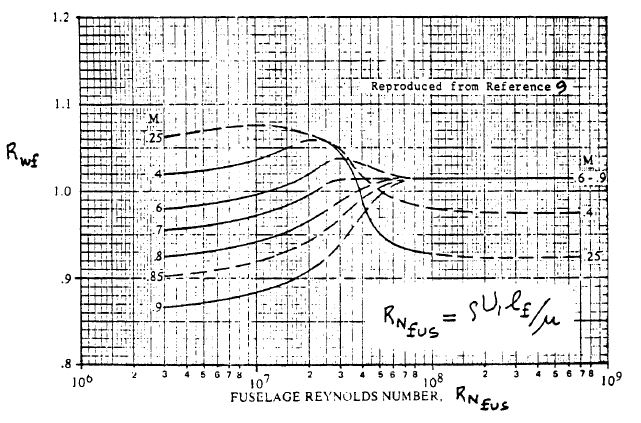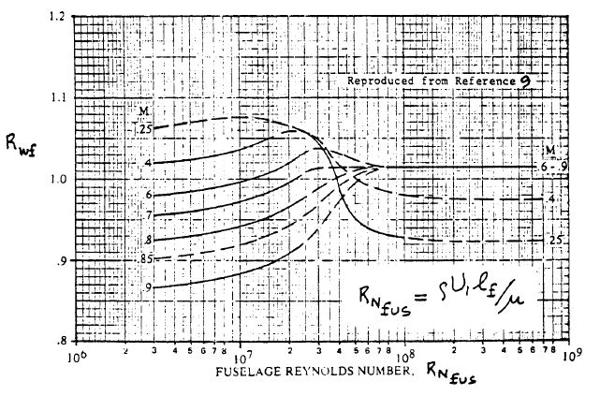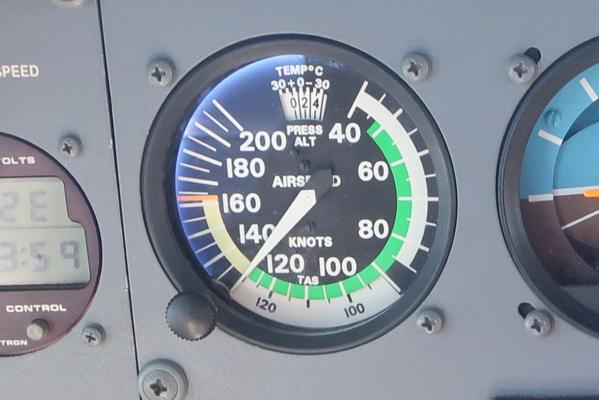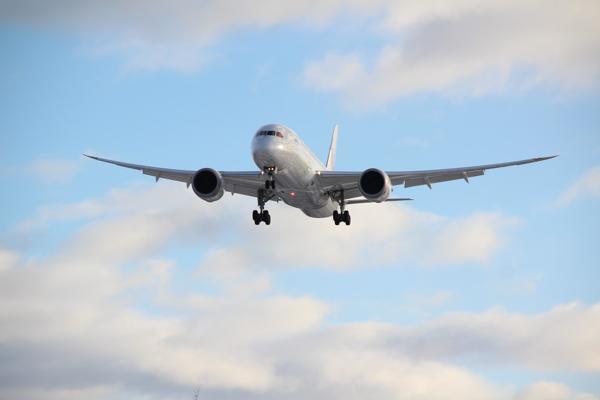The calculator below provides an estimation of the interference factor between a wing and a fuselage. This is used when compiling an estimation of aircraft parasitic drag as described in the tutorial on the Drag Polar. The wing/fuselage interference graph was originally published in USAF Stability and Control Datcom [1] and reproduced in Roskam Part VI Chapter 4.2 [2]. The calculator provides an estimation of the skin-friction coefficient based on the digitization of the graph and an interpolation between datapoints; the methodology is described below the graph.
The Reynolds number input can be determined using the AeroToolbox Reynolds Number Calculator. Note that the Reynolds number calculated here is based on the length of the aircraft fuselage.

Calculation Methodology
The calculation of the interference factor \( R_{wf} \) is based on a linear interpolation between a set of datapoints digitally extracted from the graph shown above. The variation of \( R_{wf} \) with Reynolds number for each Mach line shown on the graph was extracted (30 to 50 datapoints per Mach line), which formed the input into a linear interpolation at the Reynolds number specified by the user. It is left to the user to determine whether the methodology employed is appropriately accurate for use.
[1] Hoak, D.E, et al, USAF Stability and Control Datcom, Flight Control Division, Air Force Flight Dynamics Laboratory, WPAFB, Ohio, 45433-0000, 1978, (approved for public release). Link to document.
[2] Roskam, J, Airplane Design Part VI: Preliminary Calculation of Aerodynamic, Thrust and Power Characteristics, Roskam Aviation and Engineering Corporation, 1987.






